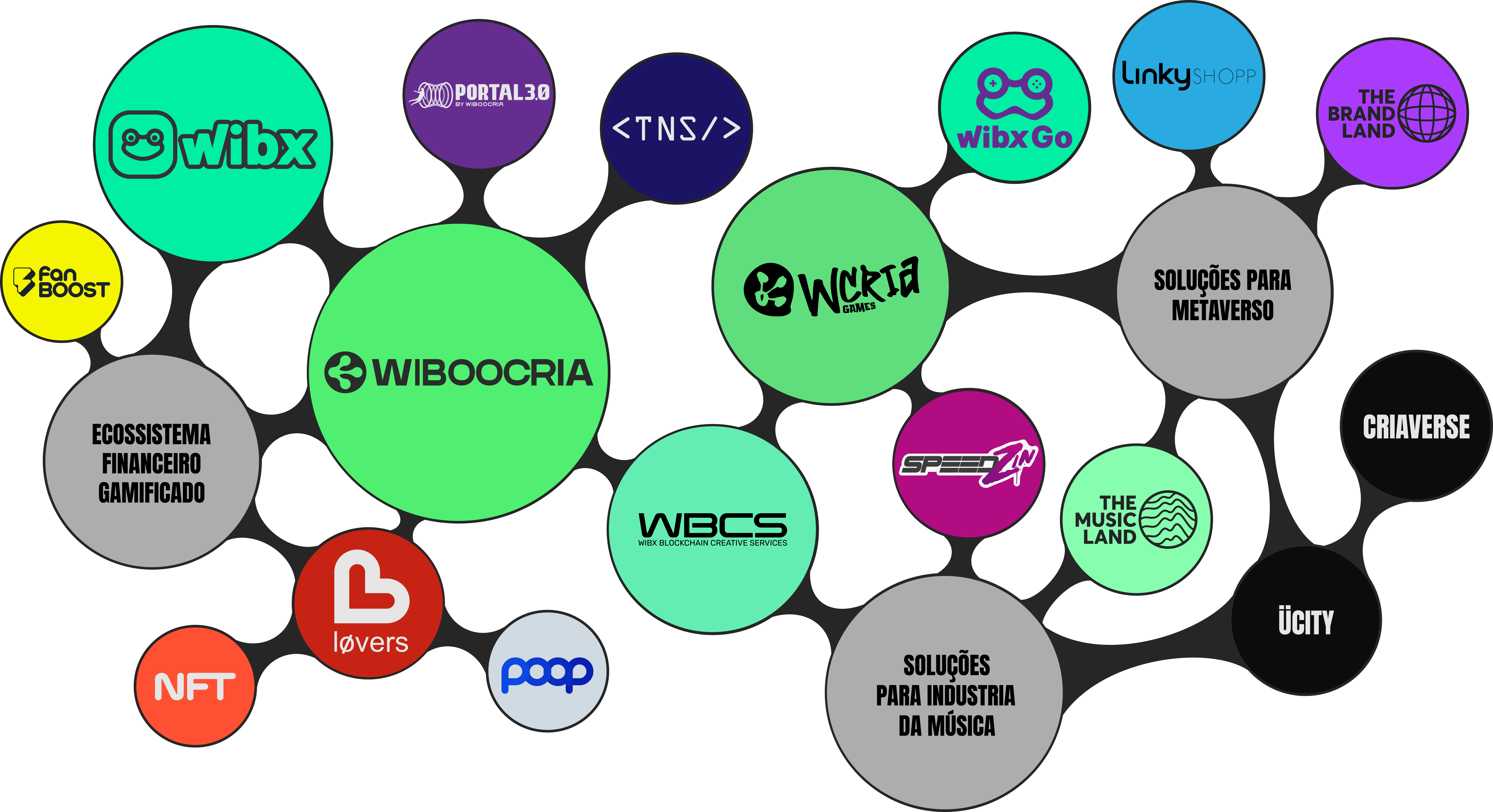- Insights
-
SOLUÇÕES E PRODUTOS
- Games
- Avatares
- Metaverso
- Inteligência Artificial
- NFT
- Linkyshopp
- Gateway Crypto
- Smart Contracts
- Tokenização
- Tokens Personalizados
- Wallet
- Plataforma Customizável
- Fidelidade 3.0
- Exército de Vendas
- POAP
- Blockchain Tickets
- Fan Token
- Music Land
- Brand Land
- Speedzin
- Wibx Go
- Wibx App
- Fan Boost Em breve
- Ücity Em breve
- Lovers Em breve
Tech Trends
Financial Services
Sales & Loyalty
ENTERTAINMENT
Produtos
Em breve
- Mercados
-
PORTFÓLIO
- Natura
- Banco Pan
- Risqué
- Mercado Pago
- Shibata
- Mc Lipi
- Melhor Dia
- Luperyum Em breve
- Collab Gaming Em breve
Em breve
- Wibx
- Institucional
Tecnologias modulares que potencializam marketing, vendas e comunidades em projetos lucrativos na WEB3.
Blockchain multifuncional aliada à criatividade, possibilita a criação de produtos que resolvem multi soluções para multimercados que vão de fidelidade à criação de ecossistemas com moedas proprietárias para a sua empresa.
WIBX o Combustível do Ecossistema Wiboocria.
O Primeiro e mais Transacionado Utility Token do Brasil!
Permitindo a interoperabilidade entre todos os nossos produtos e ecossistemas parceiros, a WIBX é o passaporte para um universo de possibilidades. Criada em 2018, a WIBX é o utility token brasileiro mais relevante do país, tendo movimentado mais de R$ 2,4 bilhões nos últimos 3 anos.
Ecossistema WibooCria

Materializamos a criatividade na WEB3, com blockchain aplicada.










































